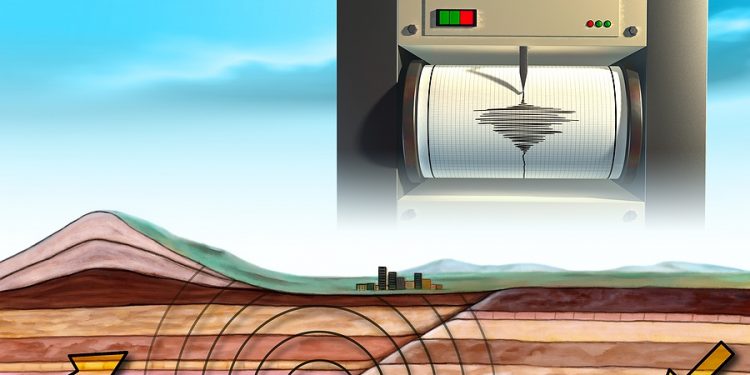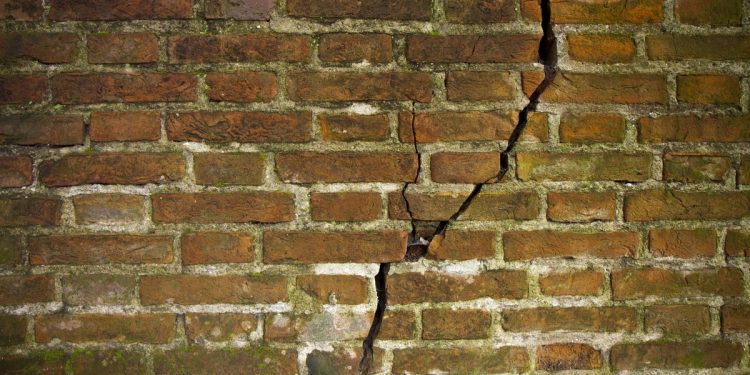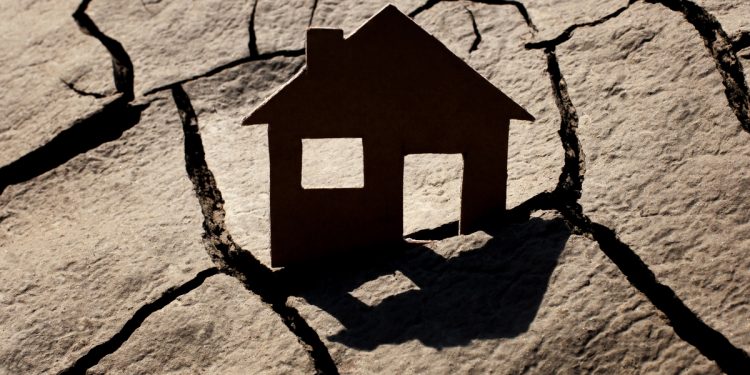Mexico’s Earthquakes Sep 7 & 19, 2017
A strong earthquake of magnitude 8.1 on the Richter Scale (see article below) was recorded by the USGS just before midnight local time on September 7, 2017. The epicenter was under the Pacific Ocean about 60 miles off the coast of Chiapas and the most affected areas are the states of Oaxaca and Chiapas.
Another strong earthquake, magnitude 7.1, hit Mexico at around 1:14 p.m. local time on September 19, 2017. The epicenter was in the state of Puebla, not far from Mexico City. This earthquake, which came to pass 12 days after the last major seismic event and precisely on the anniversary of Mexico’s devastating 1985 earthquake, caused loss of life and structural damage to buildings in the capital as well some places in states surrounding the capital.
Earthquakes are naturally-occurring phenomena most commonly caused by a sudden release of energy from the planet’s crust, or movement of ‘fault lines’ deep beneath the Earth’s surface which cause seismic waves to occur. Other events—such as volcano eruptions and major landslides can also cause them.
The Richter Scale (RS), popularly quoted to convey the magnitude of earthquakes, does so using a non-linear scale, which can be confusing. For example, a magnitude of 2 on the RS is equivalent to about the power of 450 kilograms of dynamite, whereas a magnitude of 8 is equivalent to 15 million tons of dynamite; and an 8.5 equivalent to 84 million tons of dynamite.
Although all countries are subject to earth tremors and quakes, some countries are more prone to large earthquakes than others. Small earthquakes happen daily and Mexico is also susceptible to potentially large earthquakes, along with most of the western edge of the North American continent, due in part (but not exclusively) to the tectonic boundary between the Pacific Plate and the North American Plate that resides near there.
The most destructive Mexican earthquake in recent decades is the one that came to pass in September 1985—registering 8.1 on the Richter Scale. There are factors other than magnitude that will determine the physical effects of an earthquake’s aftermath including the local topography, the age, quality and state of the structures affected, as well as technical factors like depth of the epicenter, shake amplitude, shake frequency, and the peak velocity of the quake.
Modern buildings in Mexico are built to exacting standards, and just as modern buildings along Mexican coastlines are designed and built to withstand hurricanes, modern structures here are also built to withstand earthquakes.
If you’ve never experienced an earthquake (most quakes with a magnitude RS 4 or less are not felt), your first experience of seeing and sensing a building or vehicle move (or shake) while you’re inside of it can be quite unnerving. Public buildings throughout Mexico (which includes hotels) have evacuation procedures and routes in place, clearly advertised on wall postings. Look for the words “Sismo” or “Temblor”—instructions are otherwise presented using illustrations, so you don’t need to read any Spanish beyond that to interpret them.
If you happen to be in a large enclosed building when the earthquake starts, seek refuge under a strong desk or table, move away from objects that can fall (lights, tools, books, and tall furniture), and keep away from windows and mirrors. Power cuts might follow an earthquake; power outages are quite frequent in Mexico as a matter of course and even a reasonably small earthquake can cause some damage to electrical equipment. Some forethought and planning around your home set-up can help to mitigate risks of injury and damage.
If you are outside, keep away from tall buildings, especially those which are enclosed in glass, and seek refuge in an open space until the earthquake passes. Stay calm, keep your cool, and make considered movements. (One recent small earthquake in Mexico claimed a life when a person panicked and ran outside into the path of an oncoming vehicle.) Most earthquakes don’t tend to last more than a minute.
See Also: Terremoto o Temblor? Well, it depends
Mexico in your inbox
Our free newsletter about Mexico brings you a monthly round-up of recently published stories and opportunities, as well as gems from our archives.




